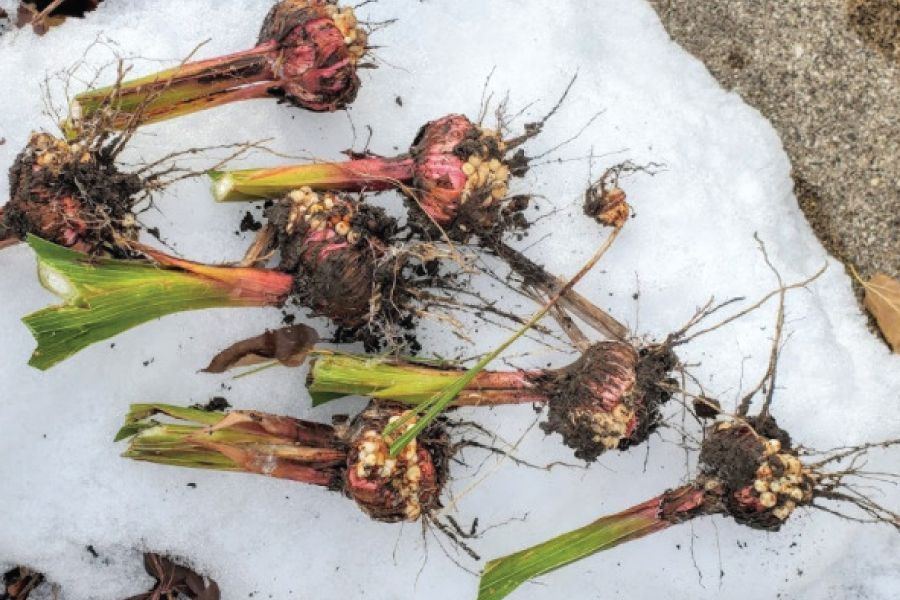As often happens, The Garden Scoop gets asked questions about “bugs”. In the last week yellow and black beetles have been swarming our plants. I’m not talking about bees, but they are just as important.
Soldier Beetles on Joe Pye Weed: https://www.youtube.com/shorts/y-B547RYqHs
Adult Soldier Beetles mainly feed on pollen and nectar, making them important pollinators as they move from flower to flower. They do NOT damage your plant and are harmless to humans unless you have an aversion to insects mating. (They like to procreate on your flowers).

Photo by Nate Walton, MSU Extension
According to the University of Minnesota Extension, Solider beetles prefer yellow flowers (but will dine on other colors).

How many soldier beetles do YOU count?
These wonderful pollinators are related to fireflies, their larvae look like mini alligators (according to the UofMN) but are rarely seen. The larvae live through winter becoming active in leaf litter (another good reason to LEAF some behind), plant debris and other areas of high humidity such as your compost pile. Soldier beetle larvae feed on the eggs of grasshoppers, snails and slugs too!

Soldier beetle larvae attack ground and plant dwelling pests
Larvae become pupae in early summer with adults first emerging in late July. They are most active now (August) into September.
Adults lay their eggs some time at the end of summer. There is just one generation per year.
Soldier beetles are very active, fly easily and move like wasps or bees. They protect themselves by secreting defensive chemical compounds to make them less tasty to predators. Scientists say their yellowish color is thought to signal “hey, back off, I don’t taste good!”.

Photo by Jeff Hahn, Dept. of Entomology UofMN
Thanking our valiant pollinators,



